Our “virtual” motorhome continues to visit unique places throughout the Peninsula. Now is the time to plan future routes and we want to fill your travel notebook with unforgettable routes aboard a motorhome, caravan or camper. This time we go to the South and visit the Sevillian neighborhood of Triana.
You have already read something about Triana in the post that we dedicate to the entire Seville city, one of the destinations to travel in 2021. This time we are going to go deeper and lose ourselves in its streets full of history and traditions. And how could it be otherwise, we will give you some essential recommendations to visit Triana.
An origin of legend
Triana is separated from the rest of Seville by the Guadalquivir river. However, one side cannot live without the other. This fact is confirmed by the old Bridge of Barcas and the current Bridge of Triana joining one shore with another. The history of both population centers have been linked from the beginning, as shown by the mythological origin of the neighborhood. Legend has it that the goddess Astarte went up the river from Sanlúcar de Barrameda, fleeing from the persecution of Hercules. Upon reaching the height of what is now Seville, she settled on the Triana shore and he went to the other.
As for the real historical context, it is not entirely defined when the population center emerged in the current Triana neighborhood. Some fix it on Roman age and they relate the name to the emperor Trajan, who by the way was born very close to there, in Italica.
Cradle of flamingos and potters
In what is now Pagés del Corro street, one of the arteries of the Triana neighborhood, there was an area known as La Cava. This was divided in two. On one side, that of the Civilians, on the other, that of the Gypsies. The latter, from the forges where the blacksmiths worked, became one of the cradles of flamenco. From that moment until today, it has also been the cradle of great singers such as Naranjito de Triana and Paco Taranto. The connection with flamenco is such that legend has it that those who are baptized in the Pila de los Gitanos de la Parroquia de Santa Ana obtain the gift of cante.
Another of the great landmarks of the Triana suburb was the pottery and ceramics. The river bank was a favorable area to take advantage of its clay and make authentic works of art. This is how a large number of factories arose that, although today they have closed or have moved to industrial estates, they are still remembered in the stores that are still open and in the Ceramic Museum from Callao street.
Outstanding monuments in the Triana neighborhood
We started crossing the famous Triana bridge with its characteristic hoops and Chapel of Carmen, by Aníbal González. This Sevillian architect, who also designed the Plaza de España, has other buildings that we can admire if we continue to San Jacinto street. At the descent of the bridge we find the market, built on the remains of the Castle of the Inquisition, open for visits and turned into a framework for reflection on human tolerance.
Arriving at the Plaza de Altonzano we have two options: one is to get to the San Jacinto street, commercial nucleus of the neighborhood. The other, turn towards Pureza street to visit the Chapel of the Mariners, headquarters of Esperanza de Triana, and the Parish of Santa Ana. This temple was ordered to be built by King Alfonso X the Wise and became the first to be completely built after the Christian conquest in the 13th century.
To complete, and although it is not a monument as such, the views of Seville from Betis street they will remain etched in your retinas forever. The background is perfect to "posture" a bit on social media!
Tapear and Triana
We have already told you about market. The characteristic of this place is that you can not only buy top quality and fresh products to prepare your own food, it also brings together several bars of all kinds to sit down to eat and drink something quietly. You can also do this in the bars and restaurants in Plaza del Altozano and Calle San Jacinto.
Moving a little further from the historic center of Triana, on Esperanza de Triana street there are also a series of bars with a great atmosphere from noon to night.
How to get to the Triana neighborhood by motorhome
We are going to make it easy for you to visit Triana by motorhome, caravan or camper. On the same shore of the Guadalquivir we have the Seville Motorhome Area. You can get to Triana by taking a pleasant walk along the river and enjoy the light of this magical Andalusian city.


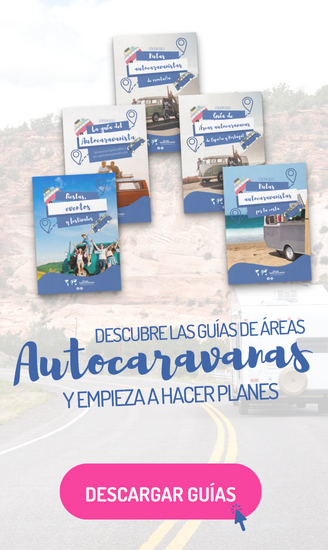
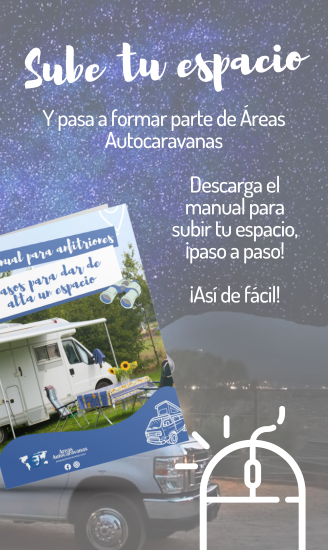
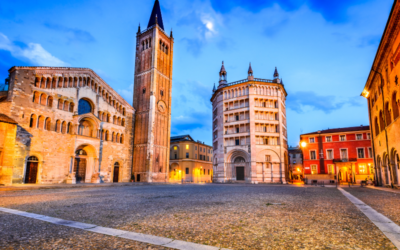
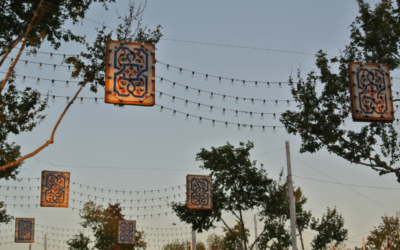
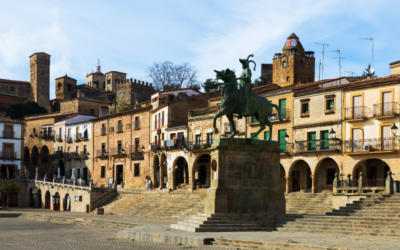

0 comments